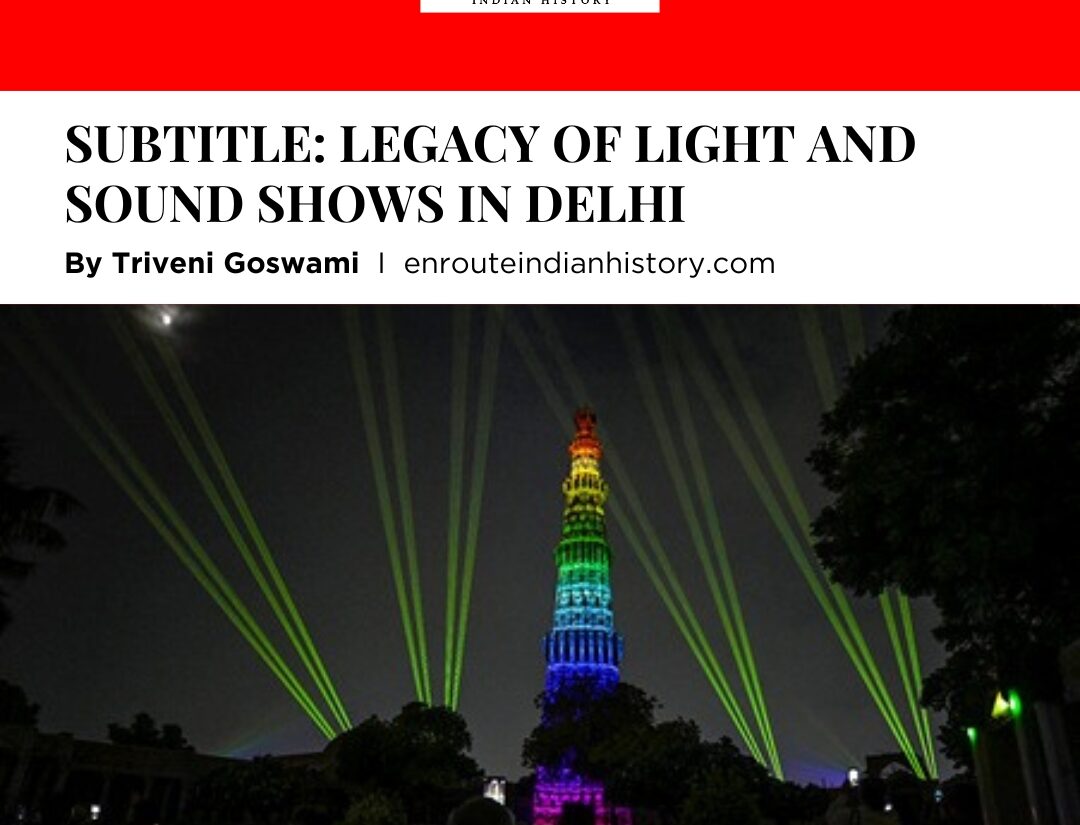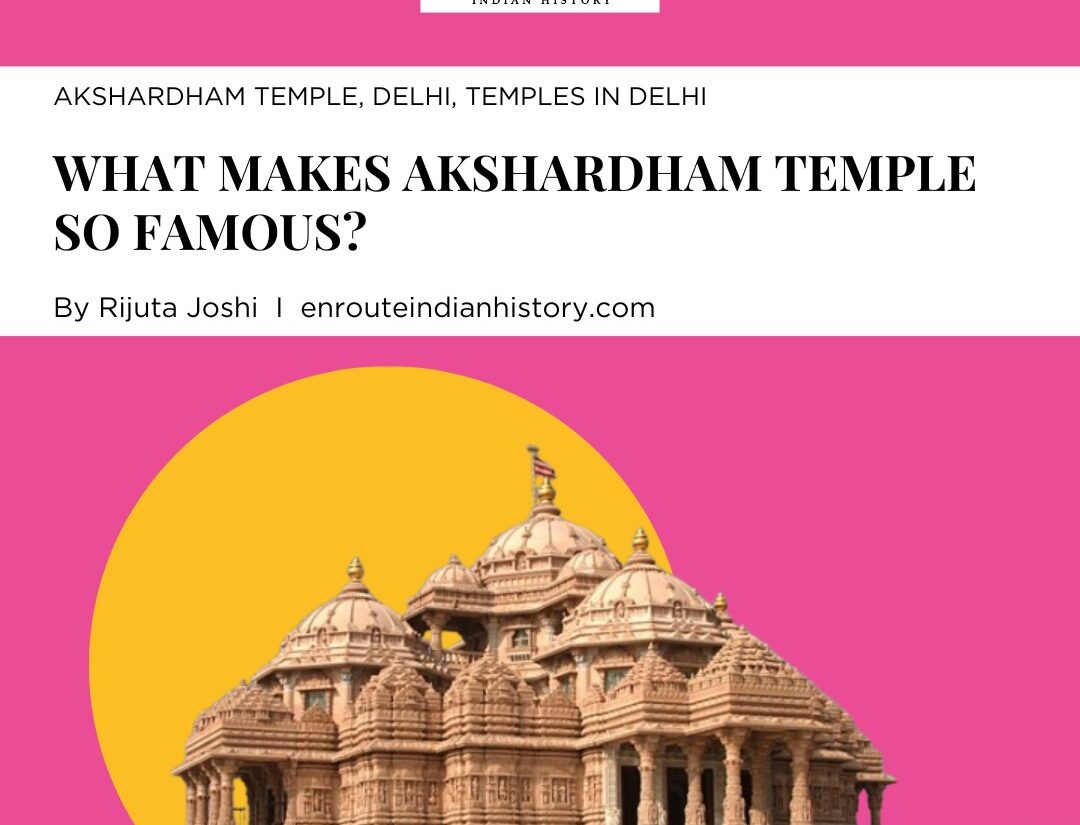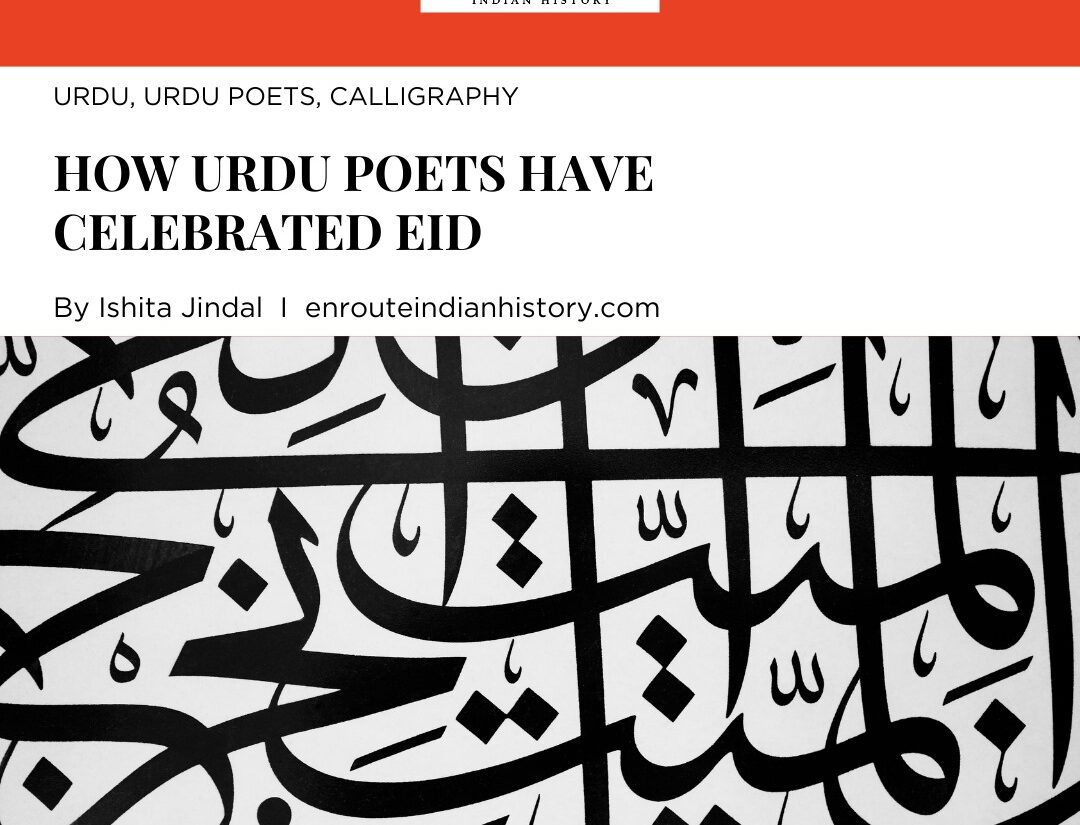The Greeks and the Mauryas: How the Greeks Influenced the Mauryan Empire
- EIH User
- August 12, 2023
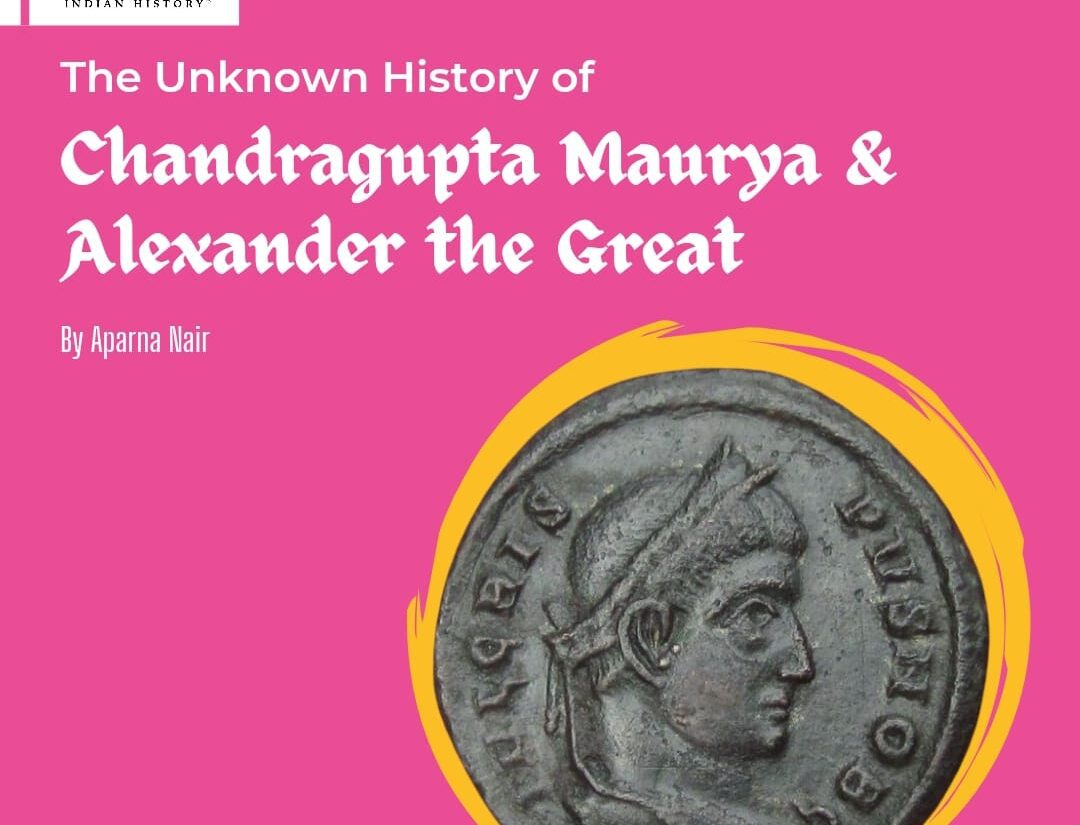
THE SELEUCIDS AND THE MAURYAS
The Mauryan Empire was a vibrant empire that had contacts with several regions of the Ancient World. The Greeks, also called the Yavanas, were once such a community that their relationship with the Mauryas led to the influence of Greek elements (Greek influence) into Mauryan life. The influence mainly came through the Seleucid Empire which was the Hellenistic or the later Greek empire of West Asia founded by Seleucus I Nikator, who formed diplomatic relations with Chandragupta Maurya, known as Sandrocottus or Androcottus in Graeco-Roman sources!
Perhaps the beginning of Greek influence in the Mauryan empire could be seen since the time of Alexander, during his conquest of India as he had established several places in the north-west of India, such as Taxila. Taxila was also home to one of the earliest universities in the world where Chandragupta and Ashoka had received their education. But apart from the geographical location and establishment of the town by a Greek, by the time of Mauryas, they also began taking an active role in Mauryan politics!
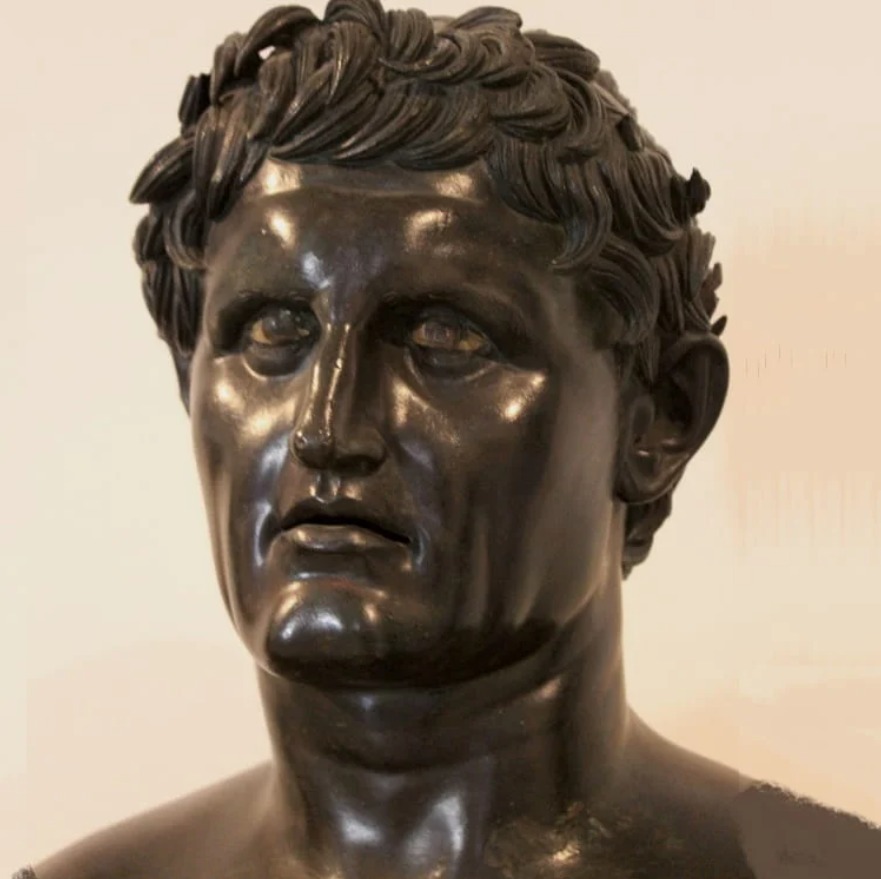

Seleucus I Nicator and Chandragupta Maurya
Marriages and Diplomatic Exchanges!
The Greek intervention in Mauryan politics existed from the time when the empire was established! Chandragupta rose to the throne using the help of the Yavana troops in overthrowing the Nanda dynasty. Peace treaties signed between both empires helped in the entry of Greek ambassadors to the Mauryan court. Megasthenes, the author of the famous Greek text Indica, was sent as an ambassador from Seleucid I’s court to serve Chandragupta, which allowed the Greeks to get exposed in Indian society. Along with these diplomats, Greek princes also came as a part of the marriage rights (Greek – ἐπιγαμία) of the Greeks. This, G.P. Carratelli and G. Garbini argue, allowed mixed marriages between the Greeks and Indians to help overcome the caste system that was spreading at that time.

The character Helena in the Indian TV Serial, “Chandragupta Maurya” where she is shown as having taught Sandrocottus Greek military tactics.
The most popular of the Graeco-Mauryan marriage was the one between Chandragupta and Seleucus’ daughter, Helena, which was first popularised by the modern playwright Dvijendralal Ray as a love story between the two. But such a marriage, in reality, helped create a mixed bloodline of kings, such as in the case of Ashoka, argues George Woodcock. This would have ensured long-lasting relations between both sides, one which is clear from Bindusara’s (Amitrochates) friendship with Antiochos I who had asked him to send figs, sweet wine and a philosopher and Antiochos sent Deimachos to the Mauryan court.
Integration of Cultures!
Since the Greeks and their influence could be seen in the political and economic aspects, naturally, they would have also played an important part in the Mauryan society and culture. For example, a greater influence of the Greek language can be seen in northern Pakistan and eastern Afghanistan where the Ashokan edicts are in Greek and Aramaic, like an extract of Edict 13.
But a more frequent appearance of Hellenistic elements, which is commonly misinterpreted as Indian, can be seen in the Mauryan sculptures and pillars. Take the Allahabad pillar for example. One can notice the use of an abacus (flat slab) and motifs like beads and reels or even the honeysuckle (a flower-like motif which shooters out leaves). Such carvings are evident in the Diamond Throne or Vajrasana at the Bodh Gaya temple. This comes from the Greek artistic style to give it a garland-like look, argues R.M. Smith. But the Mauryans added a twist to it – they ‘Indianised the foreign motif’, as Gupta points out, by bringing in indigenous flower motifs to the designs which blooms from the sides of the palmettes (fan-shaped leaves)! But the rolls at the upper and lower sides of the pillars of Pataliputra are purely Greek, as John Boardman sees it. This pillar was called a “colossal capital in the Hellenistic style” by the Archaeological Survey of India.


The abacus of the Allahabad pillar with the bead-and-reel motif at the bottom and the honeysuckle motif and The Pataliputra Pillar abacus .
The National Emblem of our country, the famous Lion Capital of Ashoka from Sarnath is also influenced by the Greeks. The realistic carving of the lion, its belly hair, claws, and even the animal itself has been called ‘West Asiatic’ by Sheila Huntington and the use of other animals in the emblem such as the bull, elephant, and lion are seen as characteristic to India. But the horse motif in the National Emblem and the bull of the Rampurva capital is considered Hellenistic.


The Sarnath Lion and a close sketch of the lion head from Masarh, Bihar which the Greeks influenced.
Huu Phuoc argues that even the earliest free-standing temples such as the Bairat Temple in Rajasthan have Greek colonnades – the central stupa is surrounded by a long set of columns with vaults (act as covers and support for arches) and domes. Even the Palace of Pataliputra and the visual experience of Ashokan and the later period were influenced from the outside. Even the relief of God Surya in the Bodh Gaya relief has been compared to the relief of Apollo on a chariot by scholars.
CONCLUSION: A ONE-SIDED INFLUENCE?
The vibrant cultural contact that existed between the Greeks and the Mauryas led to the influence of the former on the latter. Many may compare this to the ‘westernisation’ of Indian culture in this era of globalisation, but such contacts can hardly remain one-sided. Though it is not clear whether Indian missions were sent to the Hellenistic court before King Ashoka’s reign, Ashoka had dispatched missions with dhamma commissioners to the Greek rulers. This signifies his influence on Buddhist morals in Syria, Egypt, Macedonia, Cyrene and Epirus. For example, the Greek ambassador Heliodoros became a devout Vaishnava. Georgios Halkias argued that the Greeks in Asia became the first Europeans to be converted to Buddhism. Thus, there was a coming together of empires of different cultures to bring what is today called the ‘heterogenisation of cultures’.
IMAGE REFERENCES
Image_1: https://www.thefamouspeople.com/profiles/images/seleucus-i-nicator-1.jpg
Image_2: http://media.liveauctiongroup.net/i/14188/14537992_2.jpg?v=8CF89AFFFEAF680
Image_3: https://cupsofhistory.files.wordpress.com/2022/07/tanu-khan-e1658521197940.jpeg
Image_4: https://1.bp.blogspot.com/-enjiy6Ya5Lc/XdhGFoxdo2I/AAAAAAAAC8w/vD49OZAAX3oWcriwWc5zt8F9lzJSv5-tQCLcBGAsYHQ/s1600/Sophytos%2Binscription.png.
Image_5: https://en.wikipedia.org/wiki/File:Allahabad_pillar_abacus.jpg.
Image_6: Boardman, p. 20.
Image_7: http://tibetanbuddhistencyclopedia.com/en/images/6/6d/LionCapital.jpg.
Image_8: Boardman, p. 19.
Image_9: Phuoc, p. 255.
Image_10: https://upload.wikimedia.org/wikipedia/commons/thumb/e/ec/Bodh_Gaya_quadriga_relief_of_Surya_and_Classical_example_Phoebus_Apollo_on_quadriga.jpg/1024px-Bodh_Gaya_quadriga_relief_of_Surya_and_Classical_example_Phoebus_Apollo_on_quadriga.jpg.
REFERENCES
Archaeological Survey of India. “Excavations – Important – Bihar”. ASI, October 2007 – May 2023, https://web.archive.org/web/20161208173144/http://asi.nic.in/asi_exca_imp_bihar.asp.
Boardman, John. “Reflections on the Origins of Indian Stone Architecture”. Bulletin of the Asian Institute, Vol 12, 1998, pp. 13-22.
Bhargava, Rajeev. “Ashoka’s Dhamma as a Project of Expansive Moral Hegemony” In Bridging Two Worlds: Comparing Classical Political Thought and Statecraft in India and China. University of California Press, 2023.
Danielou, Alain. A Brief of India. Bear & Co., 2003.
Halkias, Georgios T. “WHEN THE GREEKS CONVERTED THE BUDDHA: ASYMMETRICAL TRANSFERS OF KNOWLEDGE IN INDO-GREEK CULTURES” In Religions and Trade: Religious Formation, Transformation and Cross-Cultural Exchange between East and West. Brill, 2014, pp. 65-115.
Phuoc, Le Huu. BUDDHIST ARCHITECTURE. Grafikol, 2012.
Singh, Upinder. A HISTORY OF ANCIENT AND EARLY MEDIEVAL INDIA: FROM THE STONE AGE TO THE 12TH CENTURY. Delhi: Pearson, 2019.
Jansari, Sushma. “Chandragupta on stage and screen” In The Creation of a national hero in India. UCL Press, 2023.
History, Hellenistic. “GREEK KINGS AND INDIAN EMPERORS: DIPLOMACY BETWEEN THE HELLENISTIC KINGDOMS AND MAURYAN INDIA”. Hellenistic History, March 29, 2021, https://www.hellenistichistory.com/2021/03/29/greek-kings-and-indian-emperors-diplomacy-between-the-hellenistic-kingdoms-and-mauryan-india/.
- September 27, 2024
- 9 Min Read


